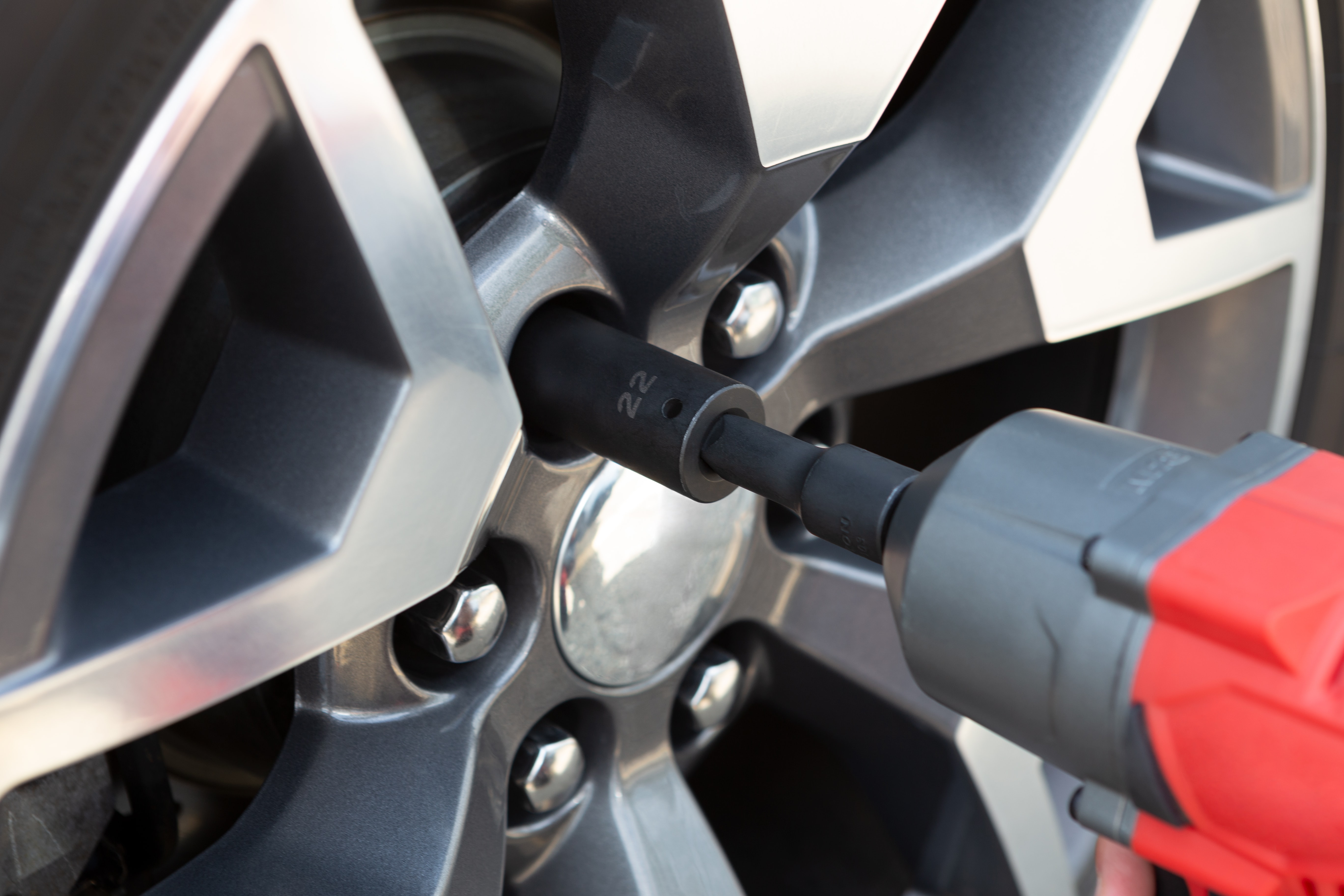
Winter is coming, and in the previous blog, we talked about car care maintenance tips in different seasons. Winter can be harmful to cars, which is why its essential drivers prepare well in advance of when the severest conditions arrive. Whether you’re on the highway or warming up the car in the driveway, winter can cause trouble.
When winter begins, that is the time to get your car ready. The last thing you need in cold, wet weather is driving on smooth or dry-rotted tires. Like the seasonal changes, your car might need a cold-weather overhaul if you want the vehicle to be in its best condition.
A proper winter car preparation prevents a breakdown or even an accident. Every money and all the effort spent will be more than worth it. Because of this, we reached out to our top-notch auto experts. Here are the eight ways to make sure your car is ready to endure cold weather for a safe driving experience.
Check Your Battery and replace, if necessary.
Car batteries lead to a malfunction in the winter due to the added pressure placed on them by cold weather. Cars and Credit Master recommends testing your car’s battery and ensuring there is no corrosion on the terminals. Moreover, consider having it inspected by our auto expert who can advise replacement if needed.
Maintain your car battery to have a longer life during winter. Turn off interior lights and disconnect all accessories when you are not driving. Taking short trips during the winter can also prolong the battery lifespan. The alternator might not fully charge the battery during short trips, and partially discharged batteries are more likely to get frozen. So be prepared, because if not, it will not have enough power to start the car’s engine on your next ride
Check Your Tire Pressure
Tire pressure can be an issue during cold weather due to the temperature dropping. As improper tire pressure lessens control of the car in all conditions, proper inflation is essential in harmful conditions.
Maintain handling, durability, and traction for safe driving by keeping your tires within the recommended pounds per square inch (PSI). A small shrinkage in pressure is hard to see by the eye, but it can impact driving. For safety, we recommend checking tire pressure every time you visit a pump.
Get a Set of Winter Tires
Winter (or snow) tires are essential for safe driving. They are also the perfect option if you make trips through cold weather zones or the higher elevation areas during winter. The best winter tires will provide an enhanced grip in some of the most critical winter weather conditions.
Because tires are crucial to navigation and safety while driving, it’s imperative to purchase a set that can firmly secure your vehicle to the ground and limit slipping. It can help safe driving on skidding and slippery roads.
Inspect Your Antifreeze level
Antifreeze is one of the most significant winter compounds because the liquid in an engine’s cooling system is composed of a blend of antifreeze and water. An antifreeze mixture is used to manage freezing-point depression for cold weather. Common types of antifreeze increase the boiling point of the liquid, allowing greater coolant temperature.
Apply an antifreeze checker or take the vehicle to our service center to measure the antifreeze’s power. All fluid levels should be checked and replaced as necessary. Antifreeze can lose its capacity to stop freezing in cold winters and can prevent corrosion in the interior.
Check Your Brakes and Windshield Wiper Fluid.
Brake fluid starts to get dirty in the winter and captures water molecules in it that are not good for the car, so consider getting fresh fluid for the brakes. It is also vital to purchase winter washer fluid because other samples can freeze up in cold weather.
Make sure to check the wiper blades to get ready for the season. If they are broken, replace them immediately. Maintain your windshield wiper fluid replaced and prepared all the time. Be sure that when cold weather arrives or your windshield gets dirty, your vision is clear.
Check Your Exterior Lights
The days are shorter, and the weather is worse during the winter months, so maintaining your headlights and brake lights is an essential aspect of any winter car checklist. Check and clean your lights regularly. The grime and dirt can instantly build-up, reducing the lights’ effectiveness and reducing your visibility to other road users. It is best to keep the lights on in all sorts of weather, as it helps to be seen easily.
Consider Keeping Your Gas Tank Always More Than Half Full.
When there is a lot of space in a gas tank, moisture will start to build up, and this can reduce fuel and put excessive strain on your car’s pumps and other parts. If that built-up moisture freezes, the damage can be much more critical. This makes it crucial to keep your tank as full as possible during the cold weather. Keeping the gas more than half full can prevent the water from building up. Consider having a full tank to help avoid a new car from suffering damage caused by interior moisture.
Inspect Your Wiper Blades, replace if needed.
Your car’s windshield wipers are essential for safe driving. They wash away water and other debris that can affect your vision when driving. Nevertheless, your windshield wipers can be damaged and might require replacement.
Your windshield wipers don’t need much maintenance, but you must check them for any damages, at least. Make sure that your windshield wiper blades are getting into full connection with your windshield. Moreover, ensure that your wipers are not scratching or skipping on your windshield.





